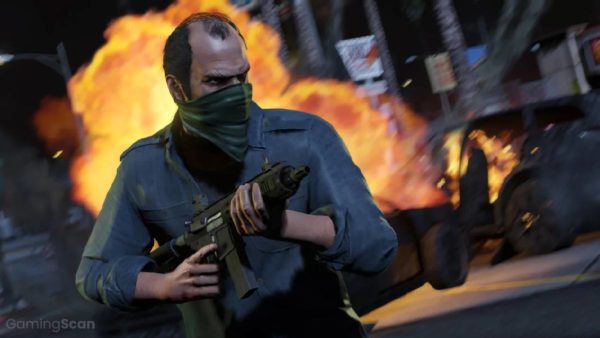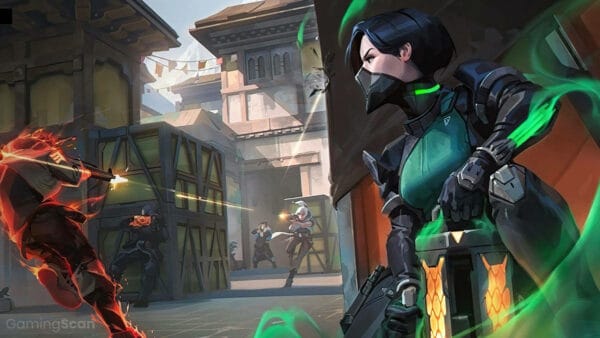You’d be hard-pressed to find a game franchise that is more popular and more controversial than the Grand Theft Auto.
The series has been around since the late 90s, and it encompasses over a dozen of games today.
In this guide, we’ll be listing all the GTA games ever made in the chronological order of their release, divided across the three existing canonical universes.
Table of ContentsShow
2D Universe
The first category includes all the old GTA games set in the 2D universe. These games are played from an overhead perspective and are less focused on storytelling compared to the more narrative-heavy games that would come later.
The 2D universe lasted from 1997 to 1999, spanning a total of four games: Grand Theft Auto, Grand Theft Auto: London 1969, Grand Theft Auto: London 1961, and Grand Theft Auto II.
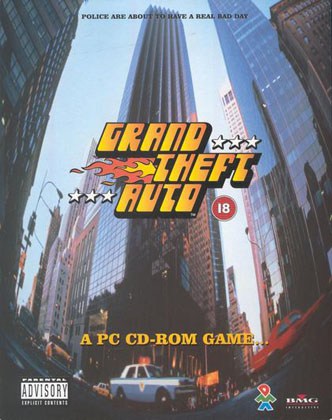
Grand Theft Auto
Release date: October 21, 1997
Platforms: PlayStation, Game Boy Color, MS-DOS, Microsoft Windows
The very first game in the franchise set the foundation for many games to come. Grand Theft Auto had gone through some significant changes during development. Originally, it was supposed to be a simple racing game titled Race’n’Chase before it was turned into the more “sandboxy” title that would become the first GTA.
The original Grand Theft Auto introduced many gameplay elements that would stick with the series: seamless switching between in-car and on-foot mechanics, free-roaming, and a variety of activities spread across the open cityscape. What’s more, it even included a competitive multiplayer mode.
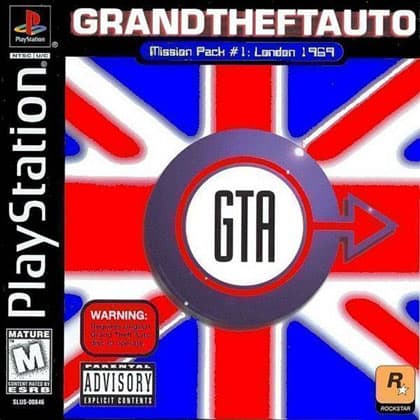
Grand Theft Auto: London 1969
Release date: March 31, 1999
Platforms: PlayStation, MS-DOS, Microsoft Windows
The second GTA game took place in London, in the year 1969, as the title obviously states.
It is the first of the two London-themed expansion packs for the original GTA, using the same engine and retaining most of the gameplay mechanics of the base game.
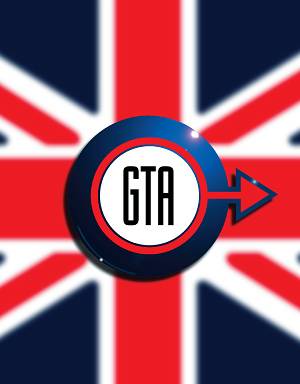
Grand Theft Auto: London 1961
Release date: June 1, 1999
Platforms: MS-DOS, Microsoft Windows
Just like London 1969, the second expansion for the original GTA is set in London, albeit several years earlier.
As before, it looks and plays the same as the base game. However, it did expand upon the multiplayer elements by including several new multiplayer game modes, and it introduced the drive-by mechanic to the GTA series for the first time. It was released only for PC as freeware.

Grand Theft Auto 2
Release date: September 30, 1999
Platforms: PlayStation, DreamCast, Game Boy Color, Microsoft Windows
A full-blooded sequel to the original GTA, GTA 2 did a couple of things to improve upon the graphics and mechanics of its predecessor.
For one, it is the first GTA game to utilize 3D models, something that improved the quality of the graphics, although it still stuck with the familiar overhead view when it came to the camera perspective.
In terms of gameplay mechanics, it introduced a reputation system that affected the player’s relationship with the city gangs. On top of that, it added some new enemy types and an array of new weapons.
3D Universe
It is with the 3D universe that the series really started to gain traction and popularity. As can be inferred from the name, it introduced full 3D environments and also started placing greater importance on the narrative, creating some of the most memorable characters in gaming history.
The 3D universe spanned six games that were released between 2001 and 2006 – Grand Theft Auto III, Grand Theft Auto: Vice City, Grand Theft Auto: San Andreas, Grand Theft Auto Advance, Grand Theft Auto: Liberty City Stories, and Grand Theft Auto: Vice City Stories.
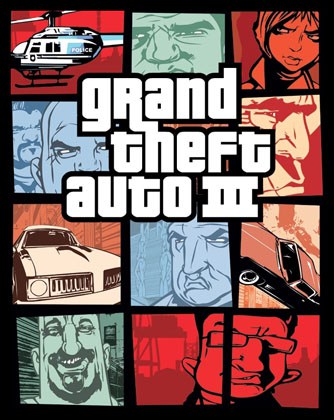
Grand Theft Auto III
Release date: October 22, 2001
Platforms: PlayStation 2, PlayStation 3, PlayStation 4, Xbox, Microsoft Windows, OS X, iOS, Android, Fire OS
Released in 2001, GTA 3 is the first of the 3D-era GTA games, and it is the first one to utilize an adjustable third-person camera instead of the traditional top-down view. This allows Liberty City to feel more real and ripe for exploration than any of the cities featured in the previous games.
Along with this new camera perspective, it introduced a revised control scheme and new gameplay mechanics, most of which would be present in all of the later installments.
The game was originally released for the PlayStation 2 and was ported to Windows in 2002 and to the Xbox in 2003. It was made available on OS X much later, in 2010, then it was brought to iOS and Android the following year, before being ported to Amazon’s Fire OS in 2014.
Furthermore, the game was also made available on the PS3 and the PS4 in 2012 and 2014, respectively.
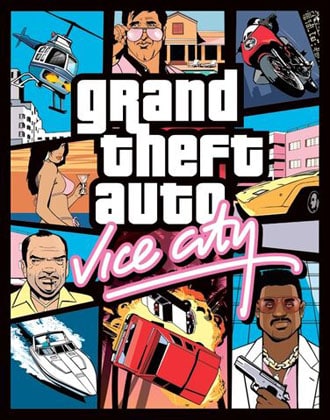
Grand Theft Auto: Vice City
Release date: October 29, 2002
Platforms: PlayStation 2, PlayStation 3, PlayStation 4, Xbox, Microsoft Windows, OS X, iOS, Android, Fire OS
Released just over a year after GTA 3, Vice City allowed the player to explore the fictionalized version of Miami i.e., the titular Vice City. The game introduced some graphical improvements, but apart from that, the gameplay elements remain largely the same as in GTA 3. Ultimately, it is one of the more iconic entries in the series.
Also, just like GTA 3, Vice City was initially released only for the PS2 in 2002 before being ported to Windows and Xbox the following year. Furthermore, it was later ported to OS X, iOS, Android, and Fire OS from 2010 to 2013. And finally, as before, it was also brought to the PS3 in 2013 and then to the PS4 in 2015.
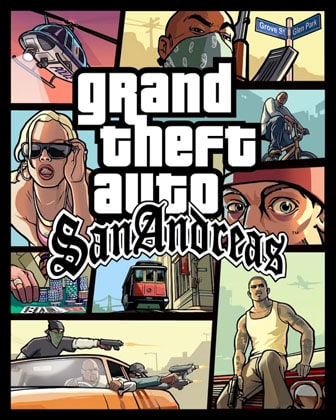
Grand Theft Auto: San Andreas
Release date: October 26, 2004
Platforms: PlayStation 2, PlayStation 3, PlayStation 4, Xbox, Xbox 360, Xbox One, Microsoft Windows, OS X, iOS, Android, Fire OS, Windows Phone
Undoubtedly one of the most memorable GTA experiences, San Andreas really raised the bar when it came to how big, and distinct the world of a GTA game can get. Not only that, but it allowed for a great degree of character customization that even the later games would have difficulty topping.
San Andreas encompassed a total of three separate cities: Los Santos, San Fierro, and Las Venturas, which are fictionalized versions of Los Angeles, San Francisco, and Las Vegas, respectively. Plus, it included a good portion of wilderness and multiple smaller rural towns that lay between these three cities.
The game was released on a wide variety of systems over the years, as seen above, spanning three generations of consoles, Windows, OS X, and all the major mobile operating systems. In addition, it is playable on the Xbox One via backwards compatibility, and like the two previous games, it was made available both on the PlayStation 3 and the PlayStation 4.
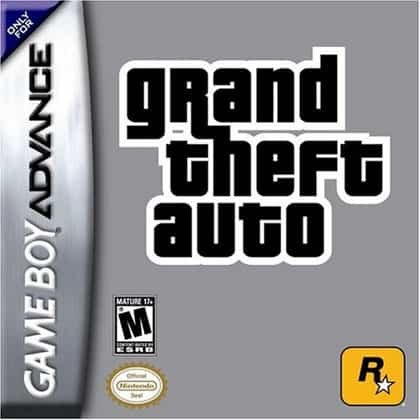
Grand Theft Auto Advance
Release date: October 26, 2004
Platforms: Game Boy Advance
Originally released simply as “Grand Theft Auto,” Advance is a bit of an oddball and is probably the least remarkable GTA game overall. It launched alongside San Andreas, exclusively for the GBA, and it functions as something of a prequel to GTA 3.
Due to the technical limitations of the Game Boy Advance, GTA Advance is the only 3D universe game that actually features 2D graphics and the classic overhead perspective seen in the 2D universe GTA games. With that in mind, it borrows greatly from the mechanics of the earlier 2D games, as opposed to the more developed and complex mechanics of GTA 3, Vice City, and San Andreas.
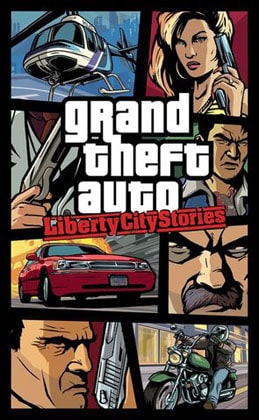
Grand Theft Auto: Liberty City Stories
Release date: October 24, 2005
Platforms: PlayStation 2, PlayStation 3, PlayStation Portable, iOS, Android, Fire OS
Developed primarily for the PSP, Liberty City Stories is a prequel to GTA 3 that takes place in – you guessed it – Liberty City. It is very similar to GTA 3 itself, both in terms of graphics and that it keeps Liberty City virtually unchanged. However, it does streamline the gameplay mechanics and keep some of the new elements introduced by the games that came after GTA 3.
Liberty City Stories was ported to the PS2 just under a year after its initial launch for the PSP, it was made available for the PS3 in 2013, and like the previous 3D universe games, it was ported to iOS, Android, and Fire OS in late 2015 and early 2016.
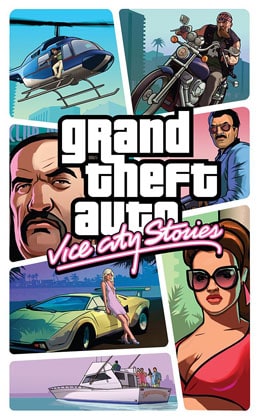
Grand Theft Auto: Vice City Stories
Release date: October 31, 2006
Platforms: PlayStation 2, PlayStation 3, PlayStation Portable
The final 3D universe game, Vice City Stories, is basically the same deal as Liberty City Stories – a prequel, but to Vice City. It adopts a similar aesthetic and features all the same elements and gameplay mechanics, albeit it seems a bit more polished compared to its “parent” game.
Oddly enough, Vice City Stories was never remastered for the modern mobile operating systems, making it, along with GTA Advance, the only two 3D universe games not ported to modern smartphones. In addition to the PSP and the PS2 releases, it was made available on PSN for the PS3 in 2013.
HD Universe
The third and currently ongoing GTA canon universe is the HD universe, which started in 2008. It was brought about primarily by the immense technological advancements that opened up new possibilities in terms of how detailed and visually immersive video games could get – hence the name.
There are currently five GTA games that are set in the HD universe: Grand Theft Auto IV, Grand Theft Auto IV: The Lost and Damned, Grand Theft Auto: Chinatown Wars, Grand Theft Auto: The Ballad of Gay Tony, as well as the most popular entry in the series so far – Grand Theft Auto V.
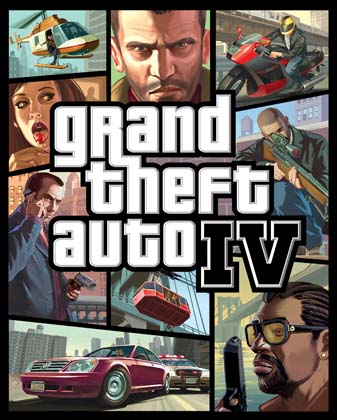
Grand Theft Auto IV
Release date: April 29, 2008
Platforms: PlayStation 3, Xbox 360, Microsoft Windows
Heralding a new era for the franchise, GTA IV came and, once again, pushed the boundaries of what a GTA game could achieve from a technical standpoint. Not only did it feature the most detailed version of Liberty City so far and the highest-fidelity graphics seen in a GTA game up until that point, but it also featured a new physics engine and the cover system that had become a popular feature with TPS games at the time.
The game was originally released for the PS3 and the Xbox 360 in April 2008 and came to Windows in December that same year. Surprisingly, the game has not been remastered yet, although the Xbox 360 version can be played on the Xbox One thanks to the console’s backward compatibility.
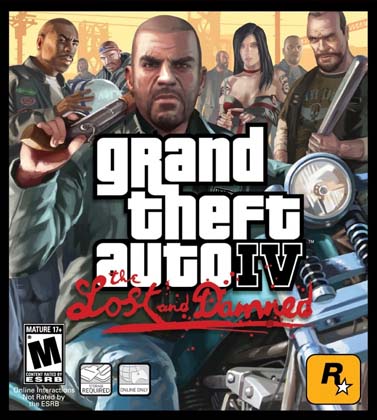
Grand Theft Auto IV: The Lost and Damned
Release date: February 17, 2009
Platforms: PlayStation 3, Xbox 360, Microsoft Windows
The Lost and Damned is the first of the two expansions for GTA IV, featuring a new protagonist and a new storyline focusing on a motorcycle club that the player had previously encountered in the base game. As such, it features a handful of minor changes to the mechanics and has some new mission types, but otherwise plays mostly the same as GTA IV.
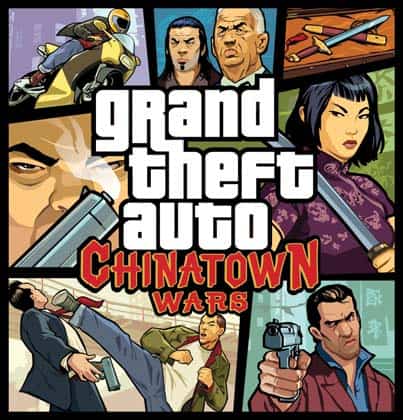
Grand Theft Auto: Chinatown Wars
Release date: March 17, 2009
Platforms: PlayStation Portable, Nintendo DS, iOS, Android, Fire OS
Chinatown Wars is a handheld spinoff of GTA IV, focusing on the activities of the Liberty City Triad. Its semi-adjustable camera finds a good middle ground between the overhead view of the classic 2D universe games and the fully adjustable camera of the 3D and HD universe ones, and the gameplay is about what you’d expect from a 2009 handheld title.
The game was originally developed for the Nintendo DS, and was, as a result, adapted to the dual screens of Nintendo’s iconic handheld console. The PSP version, which came a few months later, featured different controls and improved graphics. Mobile versions of the game also adapt it to touchscreen-only controls.

Grand Theft Auto: The Ballad of Gay Tony
Release date: October 29, 2009
Platforms: PlayStation 3, Xbox 360, Microsoft Windows
The second and final expansion for the GTA IV, The Ballad of Gay Tony, much like the first expansion, focuses on another segment of the criminal underworld of Liberty City. Only this time, the focus is not on motorbikes but on nightclubs. Once again, it is primarily a story-driven expansion with new weapons and vehicles, and it adds/changes little in regards to gameplay mechanics.
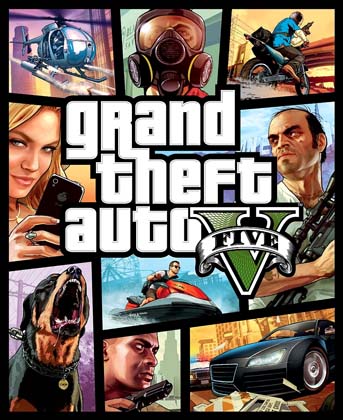
Grand Theft Auto V
Release date: September 17, 2013
Platforms: PlayStation 3, PlayStation 4, Xbox 360, Xbox One, Microsoft Windows
GTA V has quite a few titles under its belt. It is the most popular and best-selling GTA game, is the third best-selling game of all time at 95 million copies sold, and is the second most expensive game ever developed, with a budget of 265 million US dollars.
It utilizes the same engine as GTA IV, although it features greatly improved graphics and a far more detailed world. It takes place in Los Santos and its immediate surrounding area, and it allows the player to seamlessly switch between three different protagonists in free roam
Originally released on the PS3 and the Xbox 360 in 2013, the game was subsequently ported to the 8th generation PS4 and Xbox One the following year, before finally coming to Windows in 2015.
Conclusion
And those would be all the GTA games released so far! Being one of the most popular franchises in gaming, this list is unlikely to stop expanding anytime soon, though there is still no official confirmation of GTA VI.
However, seeing as Red Dead Redemption 2 has been released, chances are Rockstar will now be turning to their most iconic franchise.

